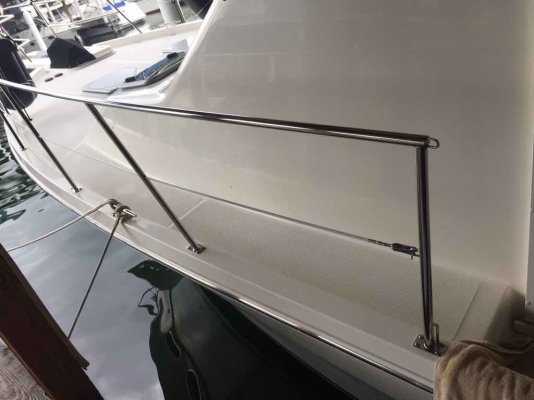I don't see a lot of difference between Bayliner and any of the other production boats other than they used excessive amounts of chop in the hull laminate schedule and it took them longer than anyone else in the business to get away from wood cored stringers. High moisture with blistering on the bottom and soft engine stringers would be the two things to look out for.
I have been involved with two Bayliners this year with Hino diesels. One fella spent six months trying to get parts for a rebuild ..... gave up on that and spent the next six months to find a used (non-rebuilt) engine. The other fella is still scouring the internet for parts.
I have been involved with two Bayliners this year with Hino diesels. One fella spent six months trying to get parts for a rebuild ..... gave up on that and spent the next six months to find a used (non-rebuilt) engine. The other fella is still scouring the internet for parts.





